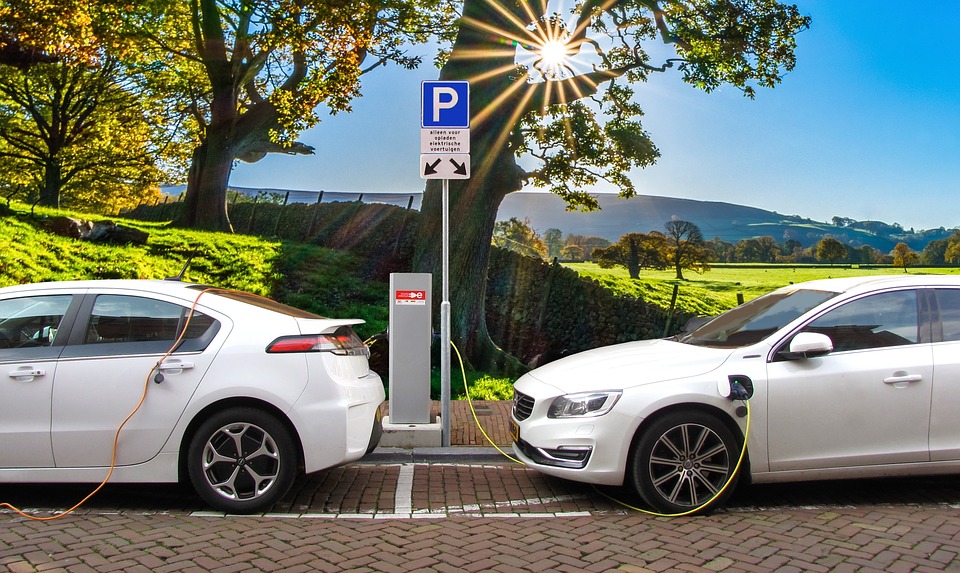Electric vehicles (EV’s) have been gaining popularity over the last couple of years and for good reason. Many manufacturers, including major traditional manufacturers who produce commercial vehicles such as pickup trucks and commercial vans are dedicating more resources into developing and producing electric vehicles.
So, why are so many manufacturers focused on developing these electric vehicles and what should fleet operators be aware of when identifying the options available to them?
Electric Vehicle Benefits
Some of the benefits of electric vehicles include:
- Zero tailpipe emissions
- No conventional fuel purchase costs
- Lower scheduled maintenance (EV’s on average have 85% fewer moving parts)
- Anticipated longer vehicle lifecycles
While the environmental benefits alone can justify the adoption of EV’s, here are some considerations that commercial fleets should make before analyzing and implementing an electric vehicle program.
Operational Considerations
Each fleet has its own unique factors. Some of the more common questions that we can help with are:
- Are there electric vehicle model options available that meet operational needs? (ie. pickup trucks and cargo vans for transporting cargo, passenger vans for transporting people)
- Do operational needs require all-wheel drive or 4×4 vehicles?
- Where are the vehicles being operated and is there access to fast chargers where the vehicles are being operated?
- Do the vehicles operate on a fixed route where trips can be mapped out ahead of time?
- Does charging mid-shift affect operational downtime? (As a guideline, 50 kilometres of driving range will require a one-hour charge using a 10-kilowatt charger (Level 2 charger)
- Are the vehicles returning to a central location at the end of their use for the day? If employees take the vehicles home, do they have access to chargers? (including level 2 chargers)
- Are there repair facilities that can support electric vehicles close to where the vehicle will be operating?
Financial Considerations
- How does the initial cost of the vehicle compare with traditional internal combustion vehicles?
- The initial cost of electric vehicles compared to their ICE equivalents is higher due to the current technology, but as battery costs decline and more EVs come onto the market, the gap will narrow.
- Are there government rebates available that can be utilized?
- Government incentives for new and used EVs as well as for charging stations can help decrease the initial investment
- What are the costs associated with building/supporting the charging infrastructure required to support EV vehicles?
- Labour costs may be needed to hire electricians to upgrade the existing electric infrastructure of the intended installation site
- Are employees reimbursed if they charge vehicles at home? How will it affect personal use and employee taxable benefits?
- Employees’ charging fees can be easily reported through the online charging portal and subsequently reimbursed (and used for taxable benefits)
These are some of the factors to consider when implementing an electric vehicle fleet program for your company fleet. Through our dedicated team of industry experts and powered by our robust actual and predictive data analytics, Jim Pattison Lease can help your company analyze and implement the transition to zero-emission vehicles.
To learn more about how we can help from operational feasibility, vehicle selection, and lifecycle cost analysis; all the way through to charger installation and electric vehicle program management, contact us today.






